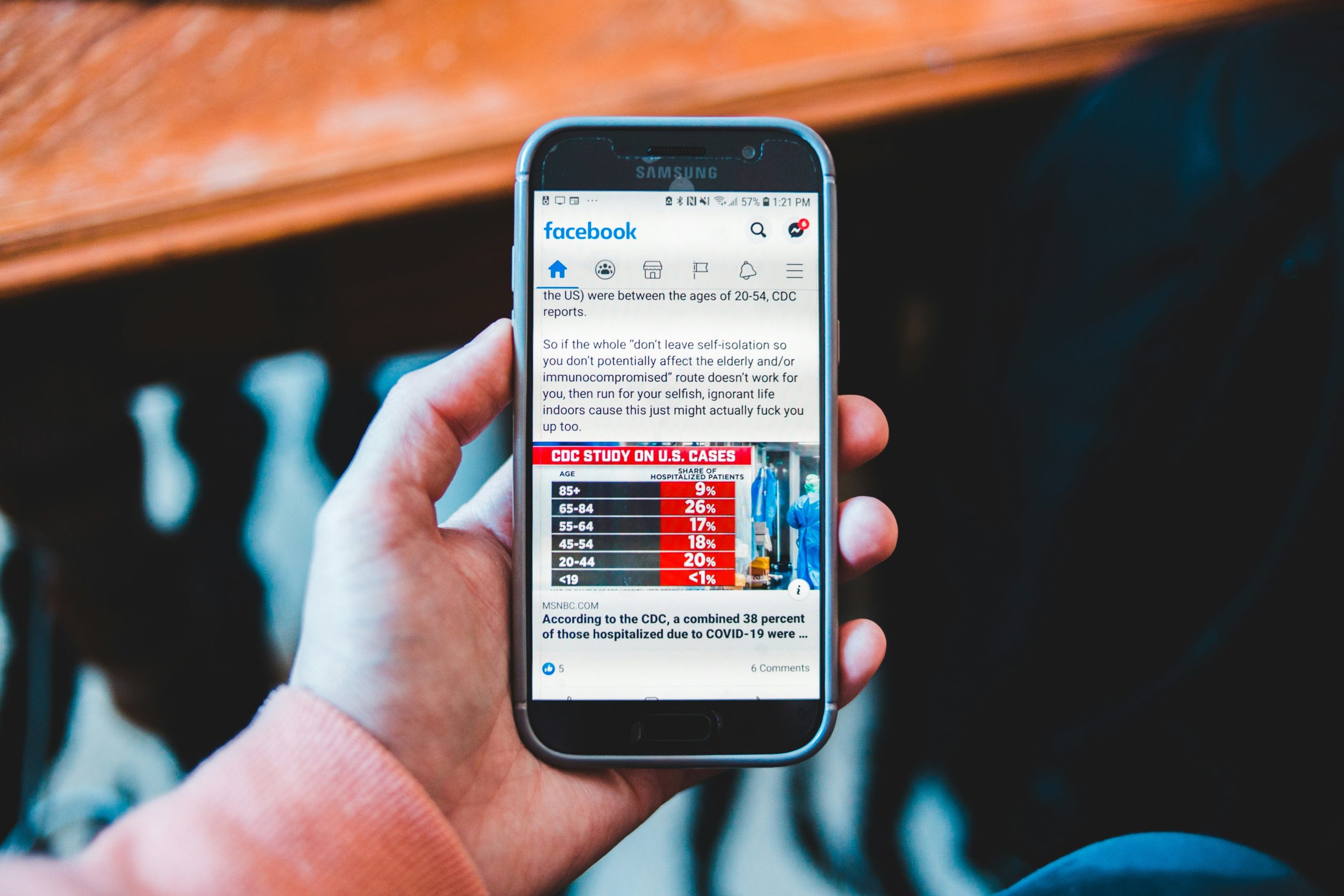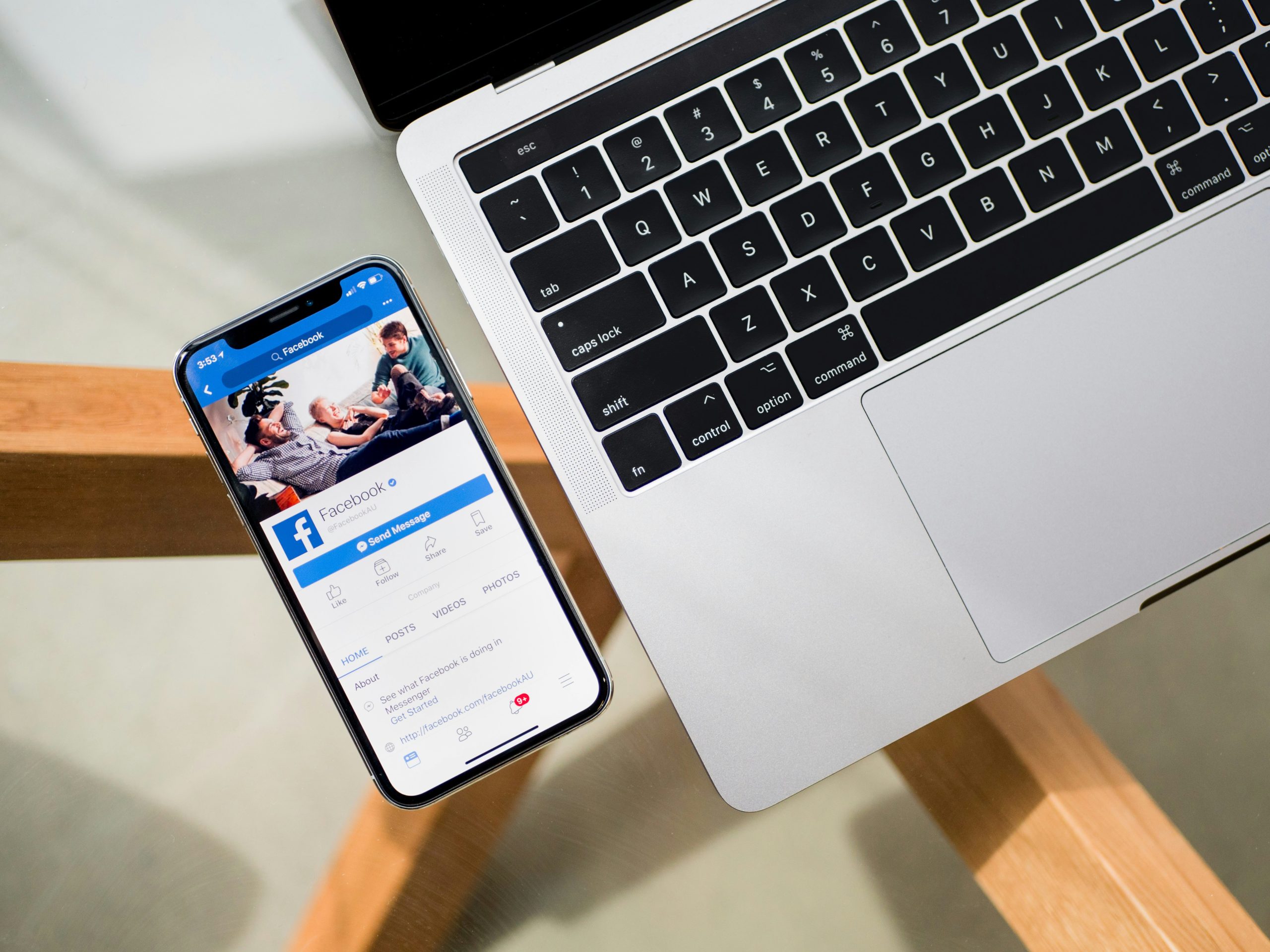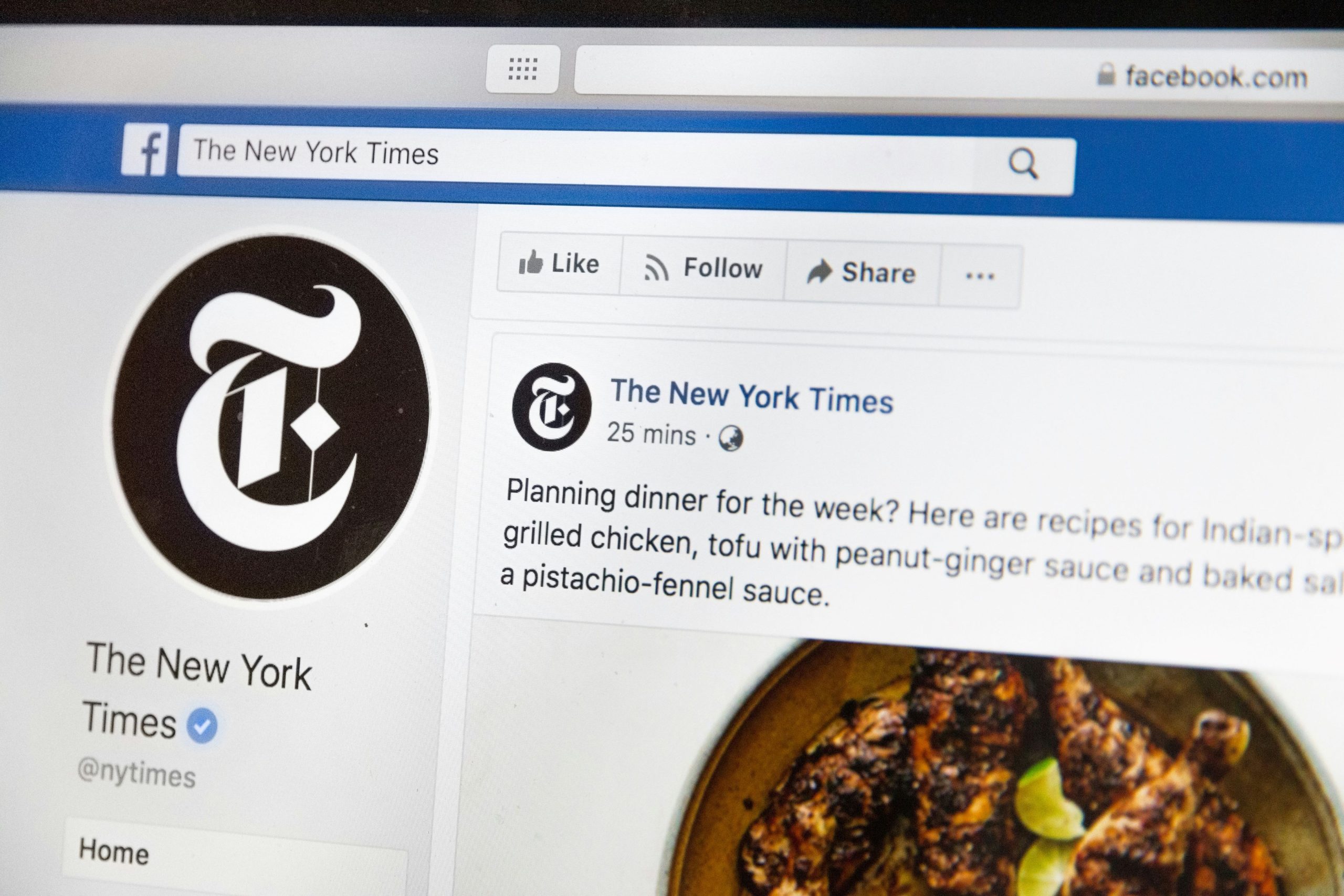In an age where our digital lives are often more exposed than we realize, the question lingers: Can people see what I watch on Facebook? Picture this: you’re scrolling through your feed, pausing to binge-watch that viral cat video or the latest episode of a gripping true crime documentary. But as you click play, do you ever stop to think about who might be watching your viewing habits? Social media platforms like Facebook have blurred the lines between private enjoyment and public scrutiny, leaving many users feeling vulnerable in their online spaces.
As we navigate this interconnected world, understanding the privacy settings and algorithms that govern our experiences has never been more crucial. Are those late-night rabbit holes of DIY crafts or heartfelt music videos being broadcasted to friends and followers? Or can they remain a secret indulgence? In this article, we’ll delve into the intricacies of Facebook’s privacy policies and explore just how much visibility your viewing choices truly have in this vast digital landscape. Buckle up—your social media habits may not be as private as you think!
Facebook’s Privacy Settings Explained
Understanding Facebook’s privacy settings is essential for anyone navigating the platform, particularly if you’re concerned about what others can see regarding your activity. At its core, Facebook allows you to customize who sees your interactions, from posts and photos to videos you’ve watched. The settings range from public visibility to highly restricted options that limit access to only your closest friends or even just yourself. By delving into these tools, users can regain control over their digital footprint and ensure their viewing habits remain private.
Moreover, exploring the different options within Facebook’s privacy settings reveals an intricate balance between social engagement and personal privacy. For instance, many users overlook the Activity Log, which provides a comprehensive view of every action taken on the platform. Here, individuals can adjust audience preferences retroactively—an empowering feature that invites reflection on past decisions. This level of customization not only reinforces user autonomy but also encourages more mindful consumption of content on a platform where everything is interconnected. Ultimately, taking advantage of these settings transforms how one interacts with Facebook while keeping unwanted eyes at bay.

What Data Does Facebook Collect?
Facebook’s data collection practices are extensive and often nuanced, shaping not only individual user experiences but also the platform’s broader advertising ecosystem. Beyond simple interactions like likes and comments, Facebook tracks your browsing habits both on and off its platform. This includes the websites you visit through shared links, which can lead to a detailed profile of your interests and behaviors that goes far beyond what you might think periodic liking or posting conveys. For instance, when you watch videos, Facebook records not just whether you’ve viewed them but how long you stayed engaged—data points that refine their content recommendations further.
Additionally, it’s crucial to recognize the third-party partnerships in this equation. By embedding pixels or plugins on external sites, Facebook captures behavioral data even when you’re exploring outside its walls. This cross-platform tracking means that ads shown to you could be tailored based on essentially every corner of your online activity—not just what happens within the confines of a single social media feed. Therefore, while individual video views might seem innocuous in isolation, they contribute to an intricate tapestry of user profiling that leads advertisers directly into your digital life—a factor worth considering when pondering privacy in our hyper-connected world.
Who Can See Your Activity?
When it comes to who can see your activity on Facebook, it’s essential to grasp the nuances of privacy settings. Although your friends typically have access to what you share, including your watched videos or liked posts, these interactions are often not visible to the general public unless you explicitly choose to make them so. This means that crafting a tailored audience for every post or action can give you control over who is in the loop about your online habits.
Moreover, Facebook’s algorithm plays a crucial role in determining visibility. Even if someone is technically in your friend list, their feed may not showcase your activity due to algorithmic filtering based on relevance and interaction history. Thus, many users might be surprised by how little of their viewing habits actually penetrates their social circles. Remember, though, that privacy isn’t just about settings; it’s also influenced by how willing you are to share personal insights through interactions and comments with others—these breadcrumbs create a more intricate map of what you’ve been engaging with online.

Managing Your Viewing History
Managing your viewing history on Facebook is more than just a matter of privacy—it’s about crafting your online narrative. Every video you watch contributes to an algorithmic understanding of your preferences, shaping the content that appears in your feed. By regularly reviewing and curating your viewing history, you take control of this narrative, ensuring that it aligns with your current interests rather than being solely dictated by past habits. This proactive approach not only protects your privacy but also enhances your overall experience on the platform.
Engaging actively with this feature can reveal surprising insights into how digital consumption patterns influence social interactions and emotional wellbeing. Have you ever noticed how certain topics resonate more as they align with what you frequently view? By managing what remains in your history, you can foster a healthier relationship with content, steering clear from cycles of negativity or misinformation often propagated by algorithms chasing clicks over quality. So dive into those settings; it’s an opportunity to reclaim agency in a landscape designed to keep us scrolling endlessly.
The Role of Friend Activity
Friend activity on Facebook serves as a dynamic lens through which users can glean insights into one another’s interests and preferences. This feature not only facilitates social interaction but also acts as a powerful tool for discovery. When you see what your friends are watching, it adds an inherently social dimension to your own content consumption, transforming solitary viewing into a shared experience that fosters connection. It nudges users toward new shows or topics they may not have encountered otherwise, creating a virtual community driven by collective curiosity.
Moreover, friend activity can redefine how we understand digital privacy and sharing norms within our networks. While some might view this transparency as invasive, many embrace it as an opportunity to engage with their peers on common interests—leading to organic conversations about recent episodes or intriguing themes in trending shows. In this way, the visibility of friend activities highlights the evolving relationship between individual preferences and the communal nature of online platforms; it challenges us to question where our personal space ends and communal engagement begins. The interplay of personal choice amidst a backdrop of peer influence cultivates both excitement and hesitation around what we share—and how others perceive us online.

Using Facebook’s Privacy Checkup Tool
Navigating the labyrinth of privacy settings on social media can often feel overwhelming, but Facebook’s Privacy Checkup Tool simplifies the process. This handy feature allows users to take an essential look at how their information is shared and viewed by others. By guiding you through various aspects of privacy—like who can see your posts, check-ins, and friend lists—it empowers you to make informed decisions about your digital footprint. It’s not just about tightening security; it’s about taking control.
One often overlooked aspect of the Privacy Checkup Tool is its ability to manage app permissions. Many users link third-party apps to their Facebook accounts without fully realizing what data they’re sharing in return. By reviewing these connections during a checkup, you can revoke access from apps that no longer pique your interest or that have questionable data practices. This revitalizes your account’s security posture while ensuring your viewing habits remain discreet.
Using the tool regularly serves as a powerful reminder to reassess and adjust your privacy settings in our ever-evolving digital landscape. As trends change and new features emerge on Facebook, keeping up with these adjustments helps protect your personal information from unwanted eyes—especially as it pertains to what you watch or interact with on the platform. In a world where online visibility is nearly unavoidable, small steps like these can lead to significant control over how much of yourself you choose to share.
Conclusion: Safeguarding Your Online Privacy
As we navigate the digital landscape, it becomes imperative to acknowledge that our online activities can be viewed by more eyes than we realize. Taking control of your privacy isn’t merely about hiding your content; it’s about understanding the intricate balance between sharing and safeguarding. Engaging with social media platforms like Facebook can enhance our lives, but vigilance is key—utilizing tools such as privacy settings, browser extensions, and virtual private networks (VPNs) can provide an additional layer of protection against unwanted scrutiny.
Moreover, embracing a proactive mindset towards digital footprints requires continuous learning. As algorithms evolve and data tracking techniques become more sophisticated, so should our strategies for maintaining privacy. Regularly reviewing app permissions and being discerning with friend requests can reinforce your security measures. By prioritizing a culture of awareness around online behaviors and potential repercussions, you empower yourself—not just to protect what you view but also what defines you in the digital realm. In an era where information is currency, safeguarding your online privacy transcends mere convenience; it’s a testament to valuing your individuality amid the vast interconnected web.
